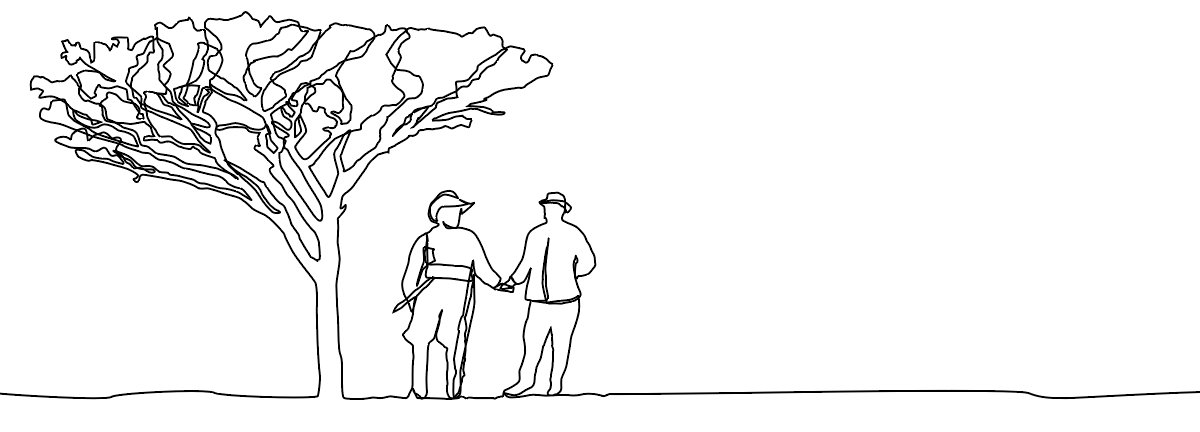
Living Wild In the land of sand and freedom
April 5, 2020
The Last Defenders – Venture Media and Kirsty Watermeyer launch new conservation show
May 19, 2020Text Le Roux van Schalkwyk
About 3 km north of Otavi, close to the railway line, is a rather unimpressive gravestone-like structure, overgrown with bushes and surrounded by the remnants of what long ago used to be a fence. A truly unflattering memorial commemorating an important event not only in world history but one that also changed the course of history in Namibia and South Africa. What is the significance of what transpired here 105 years ago?
On the freezing morning of 9 July 1915 troops of the Union Defence Force (UDF) are assembled at Otavifontein and nervously make final checks. They’re waiting for orders to advance towards the positions of the German Schutztruppe at Khorab. The deadline for the Germans to accept the terms of surrender offered to them has come and gone, and the UDF troops know that this will probably be their final action in the campaign for German South-West Africa (GSWA). If the order to advance is given, UDF soldiers would simultaneously gallop in from all flanks towards the encircled Germans.
The governor of German South-West Africa, Theodor Seitz, and Victor Franke, the commander of the Schutztruppe in GSWA, had only a few days before come to the conclusion that their small number of troops had finally been outmanoeuvred and were all but defeated by the strong contingent of South Africans moving in from all sides. On 6 July they had met with General Louis Botha and his staff to discuss the terms of surrender. They were given until 02:00 on the 9th to respond to Botha’s terms. If the deadline was not met, hostilities would recommence. Botha, it must be noted, was not only commanding the UDF troops in GSWA, but was also the prime minister of the Union of South Africa at that time. The last head of state in the modern era to lead his troops in battle.
At 02:30, as the UDF troops were about to move out, Botha received the response from Seitz, stating that he accepted the terms. The news was met with wild cheers from the South Africans. Later that morning Seitz and Franke arrived by train to meet with Botha and his staff at kilometre stone Kilo 500. The Germans had marked every kilometre of the railway line from Swakopmund to Tsumeb. The location for the meeting was directly between the two opposing forces. At 10:00, on a wooden table set up in the shade of a wild syringa tree, the formal surrender of the German troops in GSWA was signed by Seitz, Franke and Botha. It became known as the Treaty of Khorab.
The significance of this event might easily be lost on people, considering that in Namibia the First World War lasted for only 203 days. It was just a small sideshow to the horrific bloodshed in Europe where over 20 million people were killed in the Great War. Yet, the UDF secured the first major allied success of the war at a time when the Allies desperately needed some good news. The horrors of trench warfare were only starting to surface and there were still three more years of enormous death tolls before the war came to an end. In the Namibian context the surrender of the German forces signified the beginning of Namibia effectively coming under South African rule – it lasted for 75 years, 22 of which saw an armed struggle for independence.
Today the Khorab Memorial remains mostly undisturbed, safe for the occasional history nerd like myself who visits it. Next to the forgotten monument, the syringa tree, which more than a hundred years ago provided shade for the signatories, is nothing more than a sad looking stump. The only thing that sets it apart from the other tree stumps in the area is a rough stone plinth built around the trunk. As dilapidated as it looks, when visiting the site you can’t help but imagine the wild syringa with a canopy full of leaves witnessing the events taking place in its shade all those years back.
This article was first published in the Autumn 2020 issue of Travel News Namibia.


